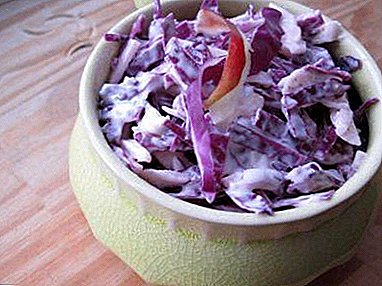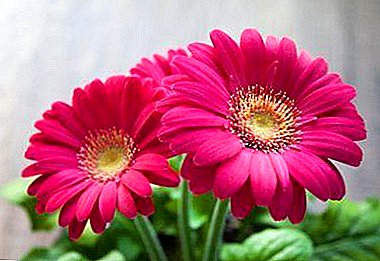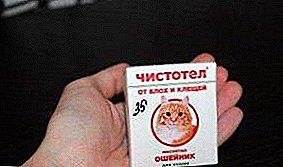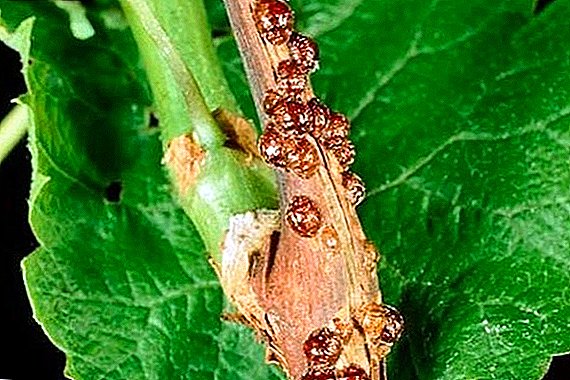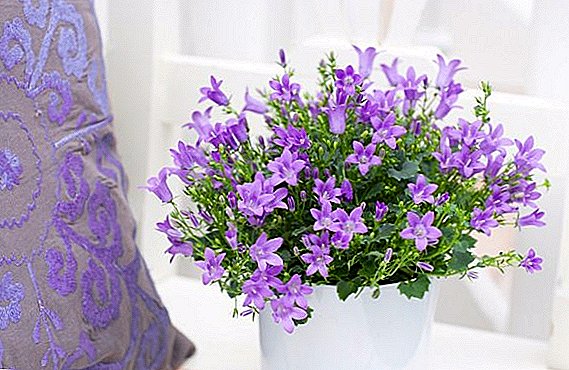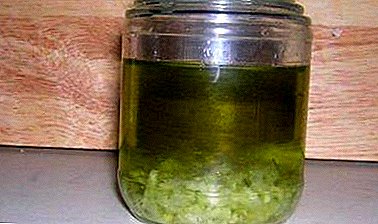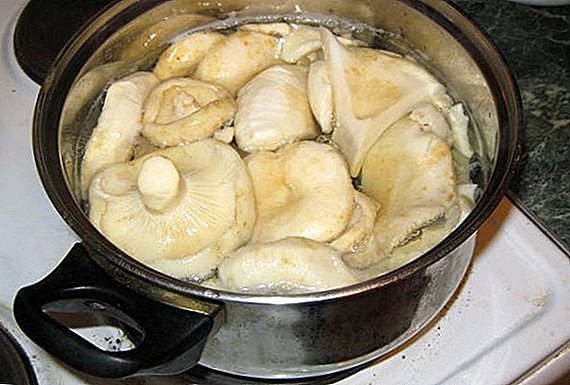 Flower bouquets are beautiful, but short-lived. However, there are flowers that can be admired for many months or even years. Among florists, they have the general name dry flowers, and a bouquet of such flowers can permanently decorate a home. These plants can belong to different families, but they are united by the ability to maintain shape and color for a long period.
Flower bouquets are beautiful, but short-lived. However, there are flowers that can be admired for many months or even years. Among florists, they have the general name dry flowers, and a bouquet of such flowers can permanently decorate a home. These plants can belong to different families, but they are united by the ability to maintain shape and color for a long period.
Winged ammobium
It is a perennial dried flower, but in our latitudes it is grown as an annual. Stem branched, reaches 70 cm in height. Inflorescences are white, with a large yellow center. The diameter of the inflorescence is 1.5-2 cm. Blossom ammobium begins from mid-June, flowering continues until the first frost.
Also, as a dried flowers, they are grown as a nursery, a Volzhanka, a gypsophila, a miscanthus.
Amaranth
The plant is annual, of American origin. Its stems can be simple or branchy, sometimes grow to a height of one and a half meters. The inflorescences of such ornamental species as amaranth caudate, dark or paniculate, are collected in long spikelets or panicles. They can be of different colors: golden, purple, red, etc. The flowering of amaranth begins in June and ends with the onset of autumnal cold. 
Did you know? Amaranth is not limited to decorative species. For thousands of years this plant has been the main cereal of the indigenous peoples of America. The Spaniards called it "Aztec wheat" and "Inca bread." Amaranth is also used as pet food. This plant is also widely used in traditional medicine, especially amaranth oil is valuable.
Celosia
The genus celosia belongs to the amaranth family. About 60 species of this dried flower are known, among them there are both annual and perennial, but as a rule, we usually breed annuals, as celosia does not withstand the winter cold.
Plant height reaches 90 cm. Small flowers are collected in spectacular inflorescences, which can be of various shapes: pinnate, comb, spikelet. Their colors can be red, purple, yellow, etc. Cellosia blooms from late June to autumn frosts.
Helihrizum
This flower is better known under the name immortelle. He belongs to the aster family. The plant may be perennial, but it is grown as an annual. The stem is straight, reaching a meter height. Flowers form large inflorescences-baskets. Their color is very diverse - golden, red, white and pink, purple, etc.
There are more than 600 species of immortelle. The best-known bract is Helichrisum, Milford helihrisum, and Sandy helihrizum. Flowering - from June to October.
Xerantemum
This is an annual plant from the Asteraceae family. It is also called dried flower. Stems of xeränemum straight, branched. Height up to 60 cm. The inflorescences are baskets of purple, white or pink color. In temperate climates it blooms from mid-summer to early autumn. 
Cartamus
This plant is often called safflower. It is one-year, sometimes two years old, and belongs to the family of aster or complex flowers. It has a straight, branched stalk reaching a height of one and a half meters. The inflorescence is a basket of red, orange or yellow color. Externally, safflower resembles a thistle. Flowering from June to September.
Did you know? Buddhist monks dye their garments dyed from cartamus, and in cosmetology safflower oil is valued as a softening and firming skin.
Craspedia
Like many others from our list, this dried flower belongs to the Aster family. Stem erect, grows up to 90 cm. The plant is perennial, but there is also a one-year look. Small flowers in the form of tubules form a spectacular spherical inflorescence with a diameter of 4 cm, various shades of yellow. Kraspediya blooms in August and September. 
Kermek (limonium)
This type of dried flowers belongs to the family of gilted. Among the numerous representatives of this family one can meet both shrubs and grassy specimens, among them both annual and perennial. The height of plants, depending on the type and conditions of growth, is from 30 to 1.3 m. This plant blooms from July until the end of autumn.  Outwardly, the inflorescences of Kermek look very impressive - slightly wrinkled and elongated-oblong panicles of the most diverse color. They can be purple, green, yellow, white and pink.
Outwardly, the inflorescences of Kermek look very impressive - slightly wrinkled and elongated-oblong panicles of the most diverse color. They can be purple, green, yellow, white and pink.
The appearance, with proper care, resemble a colored cloud. Wild plant, Kermec broadleaf, also called tumbleweed, as in the fall, with a strong wind from the stem dry inflorescences often break off and roll along the steppe. 
Katananhe
Although this Mediterranean plant is not yet among the favorites of gardeners, it certainly looks elegant in its graceful simplicity. This variety of dried flowers is ideal for planting in a rustic style, and is also used for complex landscape design solutions. Cultivated katananhe in Europe began in the XVI century.
The plant has only 5 species. The most popular variety is with a pale blue flower resembling chicory. Flowers katananhe can also be white, yellow and purple, it all depends on the species. Petals have jagged edges. Height of an upright stalk is up to 60 cm.
May and June is the time of flowering of this dried flower. But some varieties of katananhe, for example, "Kapids Dart", can bloom right up to the frost. This plant is also a frost-resistant type, the katananh bushes do not die even when the frost is -30 ° C. Erroneous is the information that katananhe lives only two years. Just this plant after 2-3 years of flowering partly loses decoration and requires more frequent division than other perennials.
Breeze (shake)
This plant of the family of cereals is described by the ancient Greek physician Galen, but besides the beneficial healing properties, it is often used in decorative interiors. "Kukushkiny tears" - so the people called this type of dried flowers because of the unusual inflorescence resembling droplets (tears) on thin stems. A small whiff of wind is enough to make them sway, which adds a certain color to the breeze.
In the form of a wild breeze is found in Europe, Africa, in the western part of Asia, as well as in South America. These are usually annuals and perennials. Stems are thin and solitary, erect with branches up to 80 cm in height. The apical inflorescence resembles a spreading panicle 3 to 20 cm long and consists of 20-50 spikelets. Spikelets are quite large, drooping, 10-25 mm long. Themselves cones, slopes roundish, ovate, or triangular in shape. At the beginning of flowering - green, over time, brownish-golden.
Lagurus
This dried flower has another name - "horsetail", because of the fluffy inflorescence, really reminding a tail of a hare. On a stylized photo, this plant looks especially impressive.
Lagurus refers to cereal annuals. It is about 50-60 cm tall. The plant blooms all summer, its fluffy white heads are often painted in different colors, making up spectacular bouquets of them. Lagurus is very loved by children because of the original shape of the inflorescence and soft, fluff-like leaves. 
Tansy
This is a hard-to-color or aster plant with a bright bitter musky smell. Distributed throughout the northern hemisphere in temperate climates. Tansy grows up to one and a half meters in height and has bright yellow inflorescences, collected in baskets, on strong, resilient stems of dark green color.
Important! Among gardeners, tansy is popular not only as an ornamental plant, but also as a natural remedy against mosquitoes, flies and other unpleasant insects. This dried flower is often used for medical purposes, no wonder another name of tansy - the worm. It should also be remembered that the fruits and buds of tansy are moderately poisonous.
Features of growing dried flowers
As a rule, plants of this type are very unpretentious, and their cultivation is not difficult. Seeds are usually sown in March-April, plants are planted in open ground in the second half of May, some heat-loving species - in early June. Usually planted in the sunny area of the flower bed. Most species of these flowers are drought-resistant, they do not require additional watering. On the contrary, plants can suffer from waterlogging.
How to cut and dry flowers
Properly selected dry flowers will cheer up in the darkest and harshest winter days. In principle, any flower can be dried, but it is dried flowers that do not lose their shape when dried and retain bright colors.
The collection of dried flowers is carried out at different periods, from spring to autumn, when the flowers, according to the florist, take on the most appropriate look for the future winter bouquet. Cut flowers should be in dry weather, best in the late morning. Harvested plants with a large excess, to subsequently select the best specimens. In addition, dried flowers are very fragile and easily damaged when composing the composition. The easiest way to dry - natural. With this method, cut flowers are suspended by the stems tops down. Drying is carried out in a dry dark room - the sun's rays can change the colors for the worse.
The easiest way to dry - natural. With this method, cut flowers are suspended by the stems tops down. Drying is carried out in a dry dark room - the sun's rays can change the colors for the worse.
Important! When dried, orange, pink, blue and purple colors are best preserved. But the red flowers darken.You can also dry the plant using cotton wool. To do this, use the box with a hole in the bottom and a layer of cotton wool. The stem of the plants is threaded into the hole, the flower is covered with cotton, the box is hung in a dark room.
Cut flower buds are often dried in small containers, filled them with substances that absorb moisture well. As such substances use calcined fine sand or semolina.
Tips and tricks for creating a bouquet
A bouquet of dried flowers, depending on the prevailing shades, first of all will require an appropriate decorative vase. So, bouquets with a predominance of various shades of yellow are perfectly combined with wooden or clay vases. If the florist creates a multi-color composition, then such work will look great in bright ceramics.
The bouquet is created in stages. At first, the florist forms separate bunches of dried flowers and ties them with a floral ribbon. Then the prepared bunches are tied into a single bouquet. 
Did you know? In addition, in fact, bouquets of dried flowers make paintings (bulk or in the form of flat appliqués from flowers, dried by pressing), panels, decorative wreaths.For making larger compositions, a wicker basket is used. It is filled with a special floral sponge, which is masked from above with moss. Dry flowers are attached to this sponge. Such a composition will serve as a wonderful home decoration.


